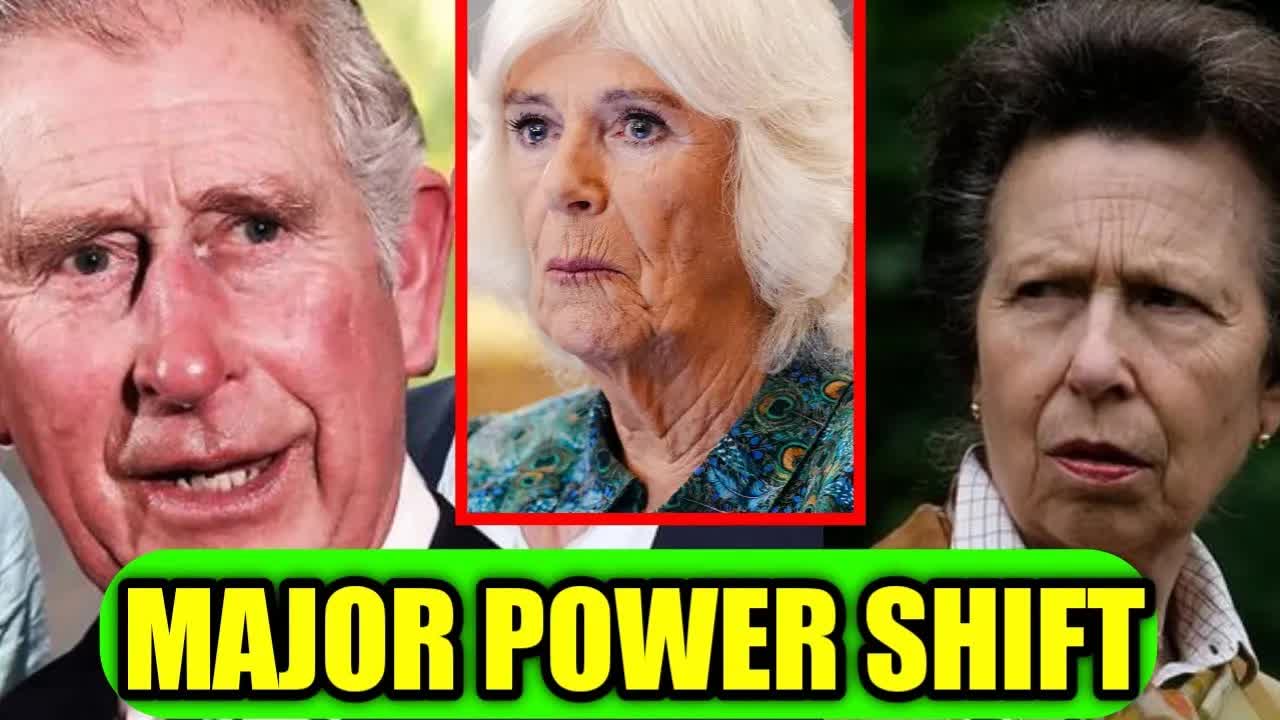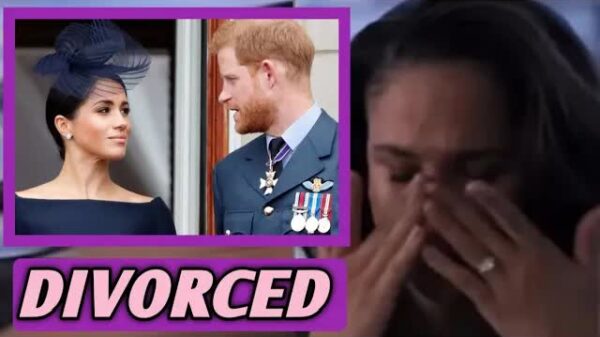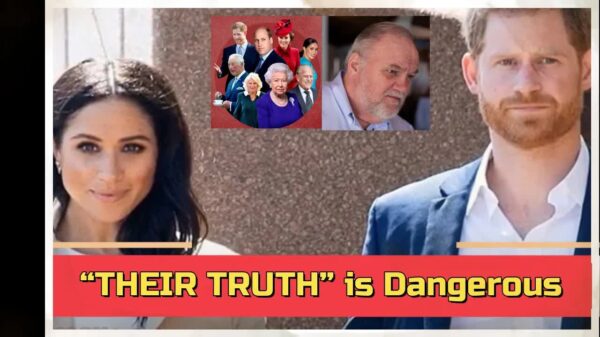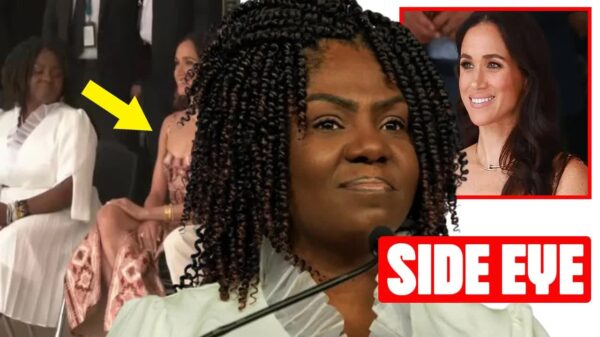In a surprising announcement that has captured the attention of the nation, King Charles III revealed that Queen Camilla will be stepping back from her royal responsibilities.
Instead, Princess Anne and Kate Middleton will take on a more prominent role within the monarchy.
This unexpected development is more than just a change in duty; it signifies a potential shift in the royal family’s dynamics and public perception.
Picture the scene: the sun shines brightly over Buckingham Palace as King Charles steps up to the microphone.
The atmosphere is charged with anticipation.
What could he say that would leave everyone breathless?
As it turns out, this decision marks a significant transition not only for the individuals involved but also for the monarchy as a whole.
So, what does this mean for the future of the royal family?
The British monarchy has always been steeped in tradition, yet it has shown an impressive ability to adapt to changing times.
From the abdication of Edward VIII to the modern controversies surrounding Prince Harry and Meghan Markle, the royal family has consistently kept the public engaged.
But why now, King Charles?
Is this a strategic move meant to rejuvenate the monarchy, or are there deeper implications at play?
Queen Camilla’s journey has been anything but ordinary.
Once a polarizing figure in her early days with Charles, she has gradually evolved into a respected Queen Consort.
However, as she steps back, we must consider how her legacy will be shaped.
Will she be remembered as a queen who carved her own path, or merely as a transitional figure in the royal narrative?
Over the years, public sentiment towards Camilla has transformed significantly.
Initially met with skepticism, she has gained admiration for her charitable endeavors and unwavering support for King Charles.
With her departure from active duties, will her contributions be recognized, or will the spotlight shift entirely to her successors, Princess Anne and Kate?
Princess Anne and Kate Middleton are no strangers to the royal limelight, each bringing their unique flair to the table.
Known for her straightforwardness and tireless charity work, Princess Anne embodies dedication.
Meanwhile, Kate’s charm and relatability have endeared her to many.
As they step into more significant roles, what can we expect from this dynamic pair?
How will their distinct approaches shape the monarchy moving forward?
This transition is not merely a reshuffling of responsibilities; it opens the door for a new narrative to emerge.
While Camilla’s role has often faced scrutiny, it’s essential to recognize her contributions beyond just being the queen beside Charles.
She’s an advocate for numerous causes, and perhaps her stepping back allows her to focus on what truly matters to her.
The challenge of stepping into a role traditionally associated with Princess Diana has loomed over Camilla.
As she takes a step back, how will this impact her relationship with the public?
And what about Princess Anne?
Dubbed the hardest-working royal, her commitment to various charities is commendable.
Could her increased responsibilities signal a shift towards a more relatable and modern monarchy?
With Kate Middleton also stepping into a more prominent role, the question arises: how will she evolve in her duties?
Known for her focus on mental health and well-being, Kate has already begun to redefine what it means to be a royal.
As she takes on more responsibilities, will we see a more candid version of her, or will she maintain her poised demeanor?
In today’s fast-paced digital world, news spreads like wildfire.
The moment the announcement dropped, social media erupted with reactions.
From memes to heartfelt messages of support, the public’s response showcases the monarchy’s ongoing relevance.
But amidst the noise, how do we discern genuine sentiment?
The younger generation is engaging with royal news in ways we’ve never seen before, reshaping the conversation around the monarchy.
As we look ahead, the question looms large: what does the future hold for the British monarchy?
With King Charles steering the ship, will we witness a more modern approach to royal duties?
This shift in responsibilities may herald a new era of engagement, where the monarchy becomes even more relatable and accessible to the public.
How will Charles balance tradition with the need for modernization?
Ultimately, the royal family’s evolution reflects broader societal changes.
As we observe these women navigate their roles, it serves as a reminder that change is a natural part of life, offering opportunities for growth.
Whether you’re a monarchy enthusiast or not, there are valuable lessons to glean from this transition.
How do you embrace change in your own life?
Every ending can lead to a new beginning, and perhaps we can find inspiration in the royal family’s journey as they forge ahead into uncharted territory.










